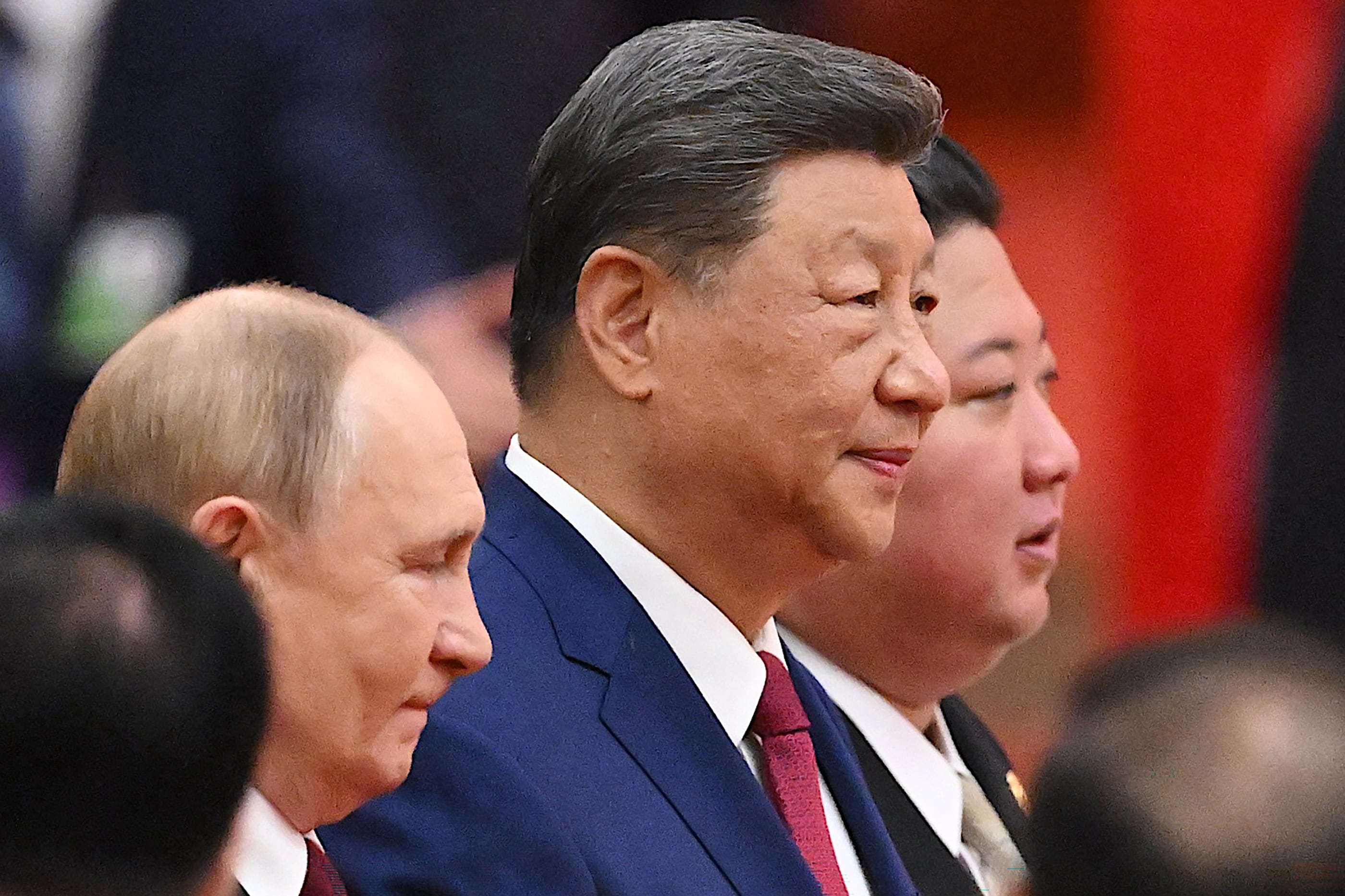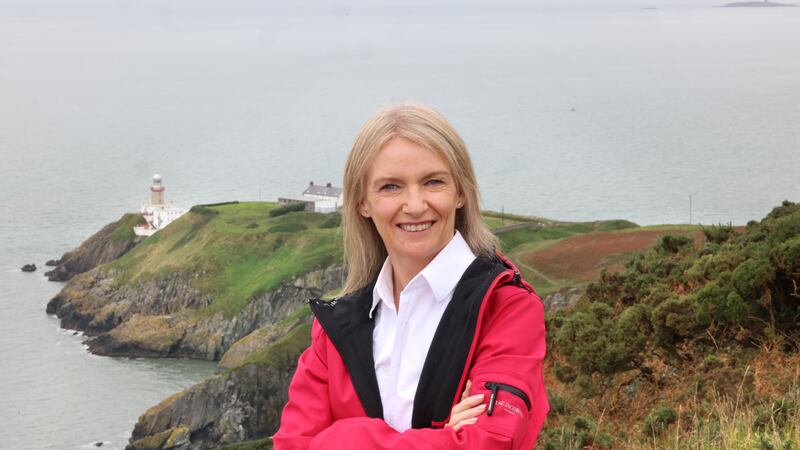The hospitality industry must be scratching its collective head. Just weeks after ruling out a cut in VAT for the sector in the budget, the largest party in the outgoing coalition made a permanent cut in VAT for hospitality the centre piece of its first day of official campaigning in the general election.
Not only that, the second-largest party refused to rule out supporting such a change if and when Fine Gael and Fianna Fáil sit down to hammer out a new coalition pact post the election. Fianna Fáil’s preference, however, is for a permanent cut in VAT on electricity and gas.
Has something happened in the meantime to change their minds, other than another clatter of restaurants going out of business including a couple of high-profile casualties? Perhaps it took the closure of Shanahan’s on St Stephen’s Green – a favoured haunt of what passes for the Irish plutocracy – for the issue to finally hit home for Fine Gael?
The party certainly seemed unfazed by a report published in the run-up to budget day by the Restaurants Association of Ireland. The lobby group said 577 restaurants had closed in the 11 months since September 2023 when VAT was restored to the standard 13.5 per cent rate.
READ MORE
A discounted rate of 9 per cent had been in place since November 2020, as the sector was struggling through the Covid pandemic.
Paschal Donohoe, the outgoing Fine Gael Minister for Public Expenditure and Reform, responded by warning that cutting VAT for hospitality would reduce the scope for cuts in personal tax.
His argument still holds as do the five or six other reasons he could have advanced for not cutting the VAT rate for hospitality. All of them are set out in the tax strategy papers published by the Government in the run-up to the budget.
Perhaps it took the closure of Shanahan’s on St Stephen’s Green – a favoured haunt of what passes for the Irish plutocracy – for the issue to finally hit home for Fine Gael
The authors of the papers, the Tax Strategy Group (TSG), which is chaired by the Department of Finance and made up of senior officials and, importantly, also political advisers, seemed in no doubt that cutting VAT for the sector was a bad idea.
The main reason being that it is very expensive. Cutting the rate to 9 per cent from 13.5 per cent would cost €764 million a year in tax forgone. If the cut was restricted to just food and catering businesses, the cost would fall to €545 million but even this “would constitute an enormous fiscal transfer of taxpayers’ money to the sector which the evidence available at present does not support”, according to the TSG.
[ Minister defends ‘fighting’ for hospitality VAT reduction in Budget 2025Opens in new window ]
They argued that with the economy doing well and inflation coming down, people’s disposable income will grow, and they should in theory spend more in pubs and restaurants. As a result, there was no good reason – or “equity case” in tax speak – for treating hospitality differently to any other sector.
The group also noted that 13.5 per cent is pretty much in the middle of European VAT rates for the hospitality sector and much lower than the UK rate of 20 per cent.
Other reasons for saying no included the fact that employment in the accommodation and foods services sector is growing and that restaurants and other hospitality businesses could avail of the broader supports offered to businesses. These include a tax warehousing scheme offered by Revenue and other grants as well as the 9 per cent rate of VAT applied to gas and electricity.
The TSG’s arguments were clearly persuasive because the rate was left unchanged in the budget. All of them are still valid and one is even stronger. The other supports available to the sector were enhanced in the budget with the announcement of an energy costs subsidy for about 39,000 businesses, which will be worth €4,000. The 9 per cent rate of VAT on gas and electricity was also extended.
If you accept all these arguments – as the outgoing government did – then all that can really be said in favour of Fine Gael’s plan to cut the rate to 11 per cent is that it’s only half as bad an idea as cutting it to 9 per cent.
Whether it will ever see the light of day is another question. The good-cop/bad-cop routine being played out on the issue by Fine Gael and Fianna Fáil means that its inclusion in any programme for government they might put together is not a foregone conclusion. Neither, of course, is the presumption that they will be returned to power by the electorate.
Regardless of the views of the TSG, well-known and seemingly successful restaurants continue to close their doors and anyone with a stake in the hospitality sector might be tempted to give Fine Gael a vote. But they would be advised to ask Donohoe and the party’s other policymakers what made them change their minds.
Fine Gael’s volte-face on VAT may be bad – or at best questionable – economics but the real question is whether it is good politics. We will find out after the election on November 29th.
- Sign up for push alerts and have the best news, analysis and comment delivered directly to your phone
- Join The Irish Times on WhatsApp and stay up to date
- Listen to our Inside Politics podcast for the best political chat and analysis

















